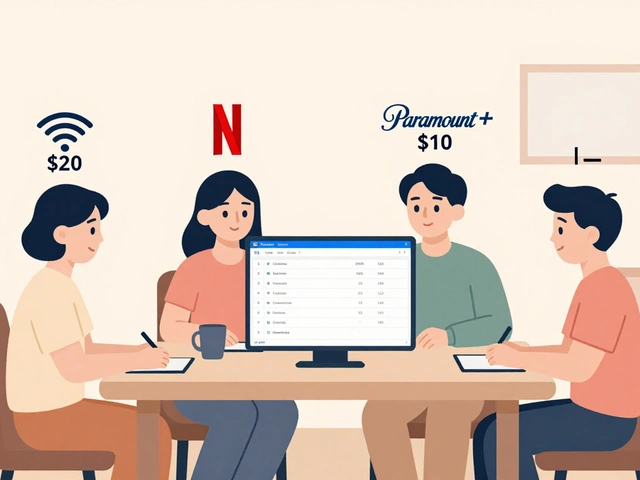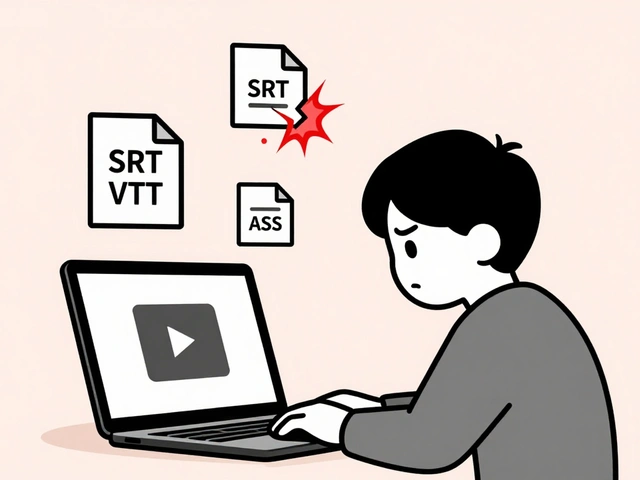Communication Essentials: Guides, Trends, and Tools
Good communication is the glue that holds any project together. Whether you’re making a YouTube video, writing a marketing plan, or checking a health website, the way you share information decides if people listen or scroll past. On this page you’ll find quick, hands‑on advice that works across video, marketing, and even medical topics.
Why Strong Communication Matters
When you speak clearly, you cut down on mistakes and save time. A video creator who explains a tutorial step by step reduces the number of repeat questions. A marketer who writes a concise email sees higher open rates. Even a patient reading a drug guide can avoid dangerous interactions if the language is plain. In short, clear communication boosts trust, saves money, and keeps audiences engaged.
Key Areas to Master
We’ve grouped the most common communication challenges into three buckets: visual, verbal, and written. Visual communication covers video quality, subtitles, and graphics that help viewers understand fast‑moving content. Verbal communication focuses on tone, pacing, and the way you answer questions in live streams or webinars. Written communication includes blog posts, social media captions, and health‑info articles that need to be accurate and easy to read.
Start with your audience. Ask yourself who will watch your video, read your email, or search for medical advice. Knowing their age, tech skill, and concerns lets you pick the right words and visuals. For example, a teenager watching a gaming video prefers quick cuts and bold captions, while an older adult looking up medication wants calm narration and large text.
Next, keep it simple. Use short sentences, avoid jargon, and break complex ideas into bite‑size pieces. If you’re explaining how a 10‑minute YouTube video uses data, compare it to a familiar thing like a photo download. That makes abstract numbers feel real and helps people remember your point.
Don’t forget feedback loops. After you post a video, read the comments. After you send a marketing email, check the click‑through stats. After you publish a health guide, look for any questions about drug interactions. Use that data to fine‑tune tone, pacing, and layout for the next round.
Tools can make the process smoother. Video editors with preset templates let you add branding in seconds. Canva offers ready‑made graphics for social posts. For health content, reputable databases give you up‑to‑date drug info you can copy safely. Pick the tools that match the type of communication you’re doing.
Finally, test before you launch. Run a short clip by a friend, shoot a test email to yourself, or ask a colleague to read a draft article. Fresh eyes catch confusing phrasing and technical hiccups you might miss. A quick test can prevent a costly mistake later.
By focusing on audience, simplicity, feedback, tools, and testing, you’ll see your communication improve across all channels. Dive into the posts below for deeper dives on specific topics like video data usage, drug interaction charts, and marketing strategies. Each article gives you the step‑by‑step tips you need to communicate like a pro.
16
The 4 C's of Marketing Strategy Explained: Customer, Cost, Convenience, Communication
Discover the 4 C's of marketing strategy-Customer, Cost, Convenience, Communication-and learn how to apply this customer‑centric framework for real‑world results.
Latest Posts
Popular Posts
-
 How to Cancel Paramount+: Step-by-Step Guide
How to Cancel Paramount+: Step-by-Step Guide
-
 Custom DNS for Streaming: Can Switching DNS Improve Video Start Times?
Custom DNS for Streaming: Can Switching DNS Improve Video Start Times?
-
 Breakout Indies at the Box Office: How Word-of-Mouth Made These Films Blockbusters
Breakout Indies at the Box Office: How Word-of-Mouth Made These Films Blockbusters
-
 How Roommates Can Fairly Share Wi-Fi and Streaming Costs
How Roommates Can Fairly Share Wi-Fi and Streaming Costs
-
 Paramount+ with Showtime vs. Peacock Premium vs. ESPN+: Which Sports Add-On Fits Your Viewing Habits?
Paramount+ with Showtime vs. Peacock Premium vs. ESPN+: Which Sports Add-On Fits Your Viewing Habits?



